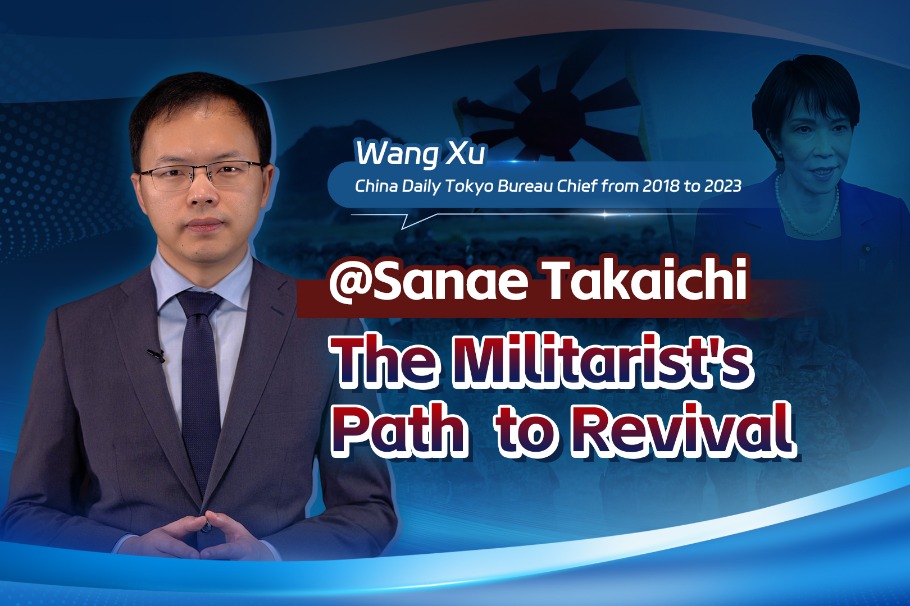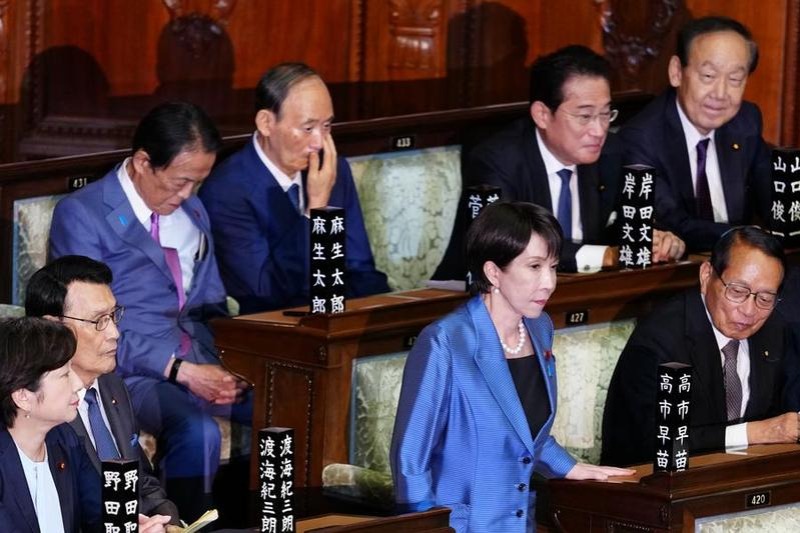Sci-tech revolution to drive growth


The relations of production must meet the requirements for developing new quality productive forces. To develop new quality productive forces, it is imperative that reform across the board be deepened so as to create a new type of relations of production that is compatible with the development of new quality productive forces.
The development of new quality productive forces also requires innovations in the field of science and technology. A sci-tech innovation system is a series of institutions and systems established to promote innovations. It not only includes different innovation subjects, but also an array of systems and policies that affect the country's innovation capabilities, in areas such as science and technology, market, patent and education. Hence, the sci-tech innovation system belongs to production relations.
But since the environment of sci-tech innovation and economic development, the old sci-tech innovation system can no longer meet the requirements for developing new quality productive forces in the new era. It is therefore necessary to establish a new sci-tech innovation system to facilitate the development of new quality productive forces.
The innovation-driven development paradigm put forward at the 18th National Congress of the Communist Party of China in 2012 has helped China implement sci-tech system reform to comprehensively promote innovation-driven development.
The functional structure of innovation subjects has been optimized. China has formed a new diversified structure comprising enterprises, universities, research institutes and sci-tech intermediary agencies. While enterprises have become the subject of R&D investment and sci-tech innovation, universities are the subject of talent training and basic research.
Besides, China's innovation policy system is becoming increasingly sound, with the formation of a policy system that covers fields such as innovation-driven macro-management system, resource allocation mechanism, industry-university research coordination system, talent training system, research management mechanism, and incentive and evaluation system. Besides, policies concerning fiscal, taxation, finance, talent, foreign cooperation and industrial development have been further improved, and some laws have been issued or amended to form a basic legal framework for promoting sci-tech innovation.
Innovation-driven development has helped the country make remarkable achievements, providing a strong guarantee for economic growth, improving people's livelihoods, and giving rise to global innovation-driven enterprises.
Despite these achievements, however, China's innovation promotion system still faces challenges. The lack of strategic technology power results in weak innovation capability. In the past, many universities and research institutes blindly pursued economic benefits, ignoring national strategic targets by mainly focusing on fund-seeking and publishing papers. That in turn resulted in a lack of strategic scientific power and the inability to form an organized model for collaborative research in many key areas.
Also, the role of enterprises in sci-tech innovation needs to be strengthened. Although Chinese enterprises have become innovation subjects, many of them lack the basic absorptive and innovative capabilities. For example, a large number of national-level industrial enterprises either do not conduct research or have R&D departments despite the fact that innovation means experimental development. The serious lack of basic research has undermined original innovation capability.
Besides, the coordination between innovation subjects should be deepened. For example, universities conduct research for scientific discoveries and talent training instead of applying the results of research to industry, while enterprises' research focuses on product development rather than finding basic sci-tech theories. Hence, the lack of a common knowledge base has affected the industry-university-research coordination.
There is also a need to create a favorable environment for promoting innovation by, for example, straightening out the relationship between the government and market, and addressing problems such as a lack of market incentives, inefficient resource allocation and insufficient vitality in the micro economy. On the other hand, many policies aimed at reforming the sci-tech system are repetitive and poorly coordinated, hindering overall efficiency.
A new round of sci-tech revolution and industrial transformation is booming across the globe, requiring sound basic research to promote original innovation. Yet China is unable to lead the revolution because it is still "catching up" with global leaders.
More important, since China's sci-tech development under-contributes to economic growth, innovation needs to be the primary driving force of economic development. So China should establish a new sci-tech innovation system to address those problems.
First, the authorities should establish an institutional framework to support innovation subjects and break the barriers of new systems and policies.
Second, innovation subjects need to strengthen cooperation, while enterprises can lead the joint innovation-promoting mechanism also comprising universities and sci-tech institutes to optimize the systematic layout of the industrial chain. A mechanism should be established to also encourage the flow of talents and resource allocation.
Third, efforts should be made to create a healthy environment to ensure the market plays the leading role in research, prices setting and resource allocation. And universities, sci-tech institutes and enterprises should be encouraged to cooperate with their foreign counterparts to build a global innovation network.
And fourth, a national sci-tech decision-making mechanism should be established to solicit opinions from related departments, councils, think tanks and all sections of society. And new innovative governance models should be established.
The author is a researcher at the Institutes of Science and Development, Chinese Academy of Sciences, and a professor at University of Chinese Academy of Sciences. The views don't necessarily represent those of China Daily.
If you have a specific expertise, or would like to share your thought about our stories, then send us your writings at opinion@chinadaily.com.cn, and comment@chinadaily.com.cn.


































